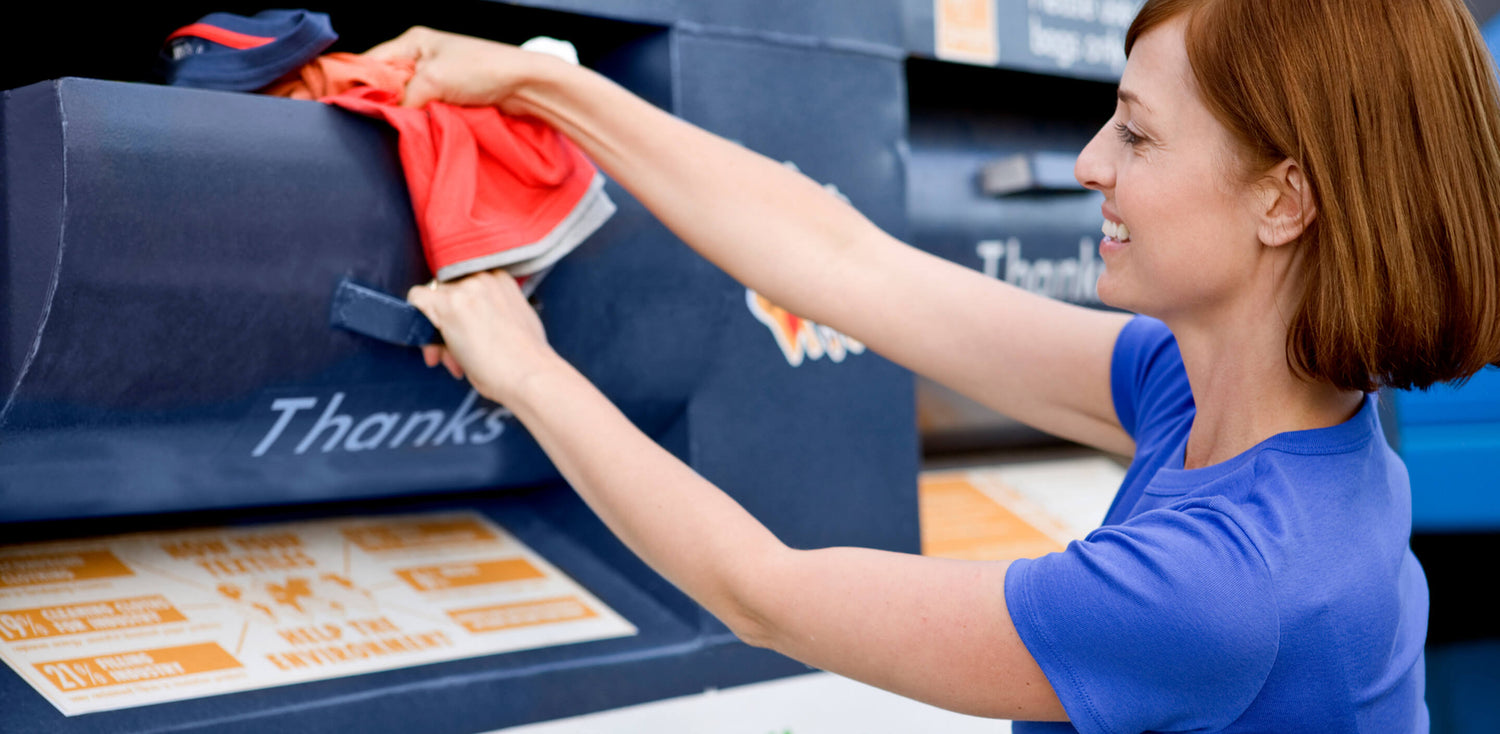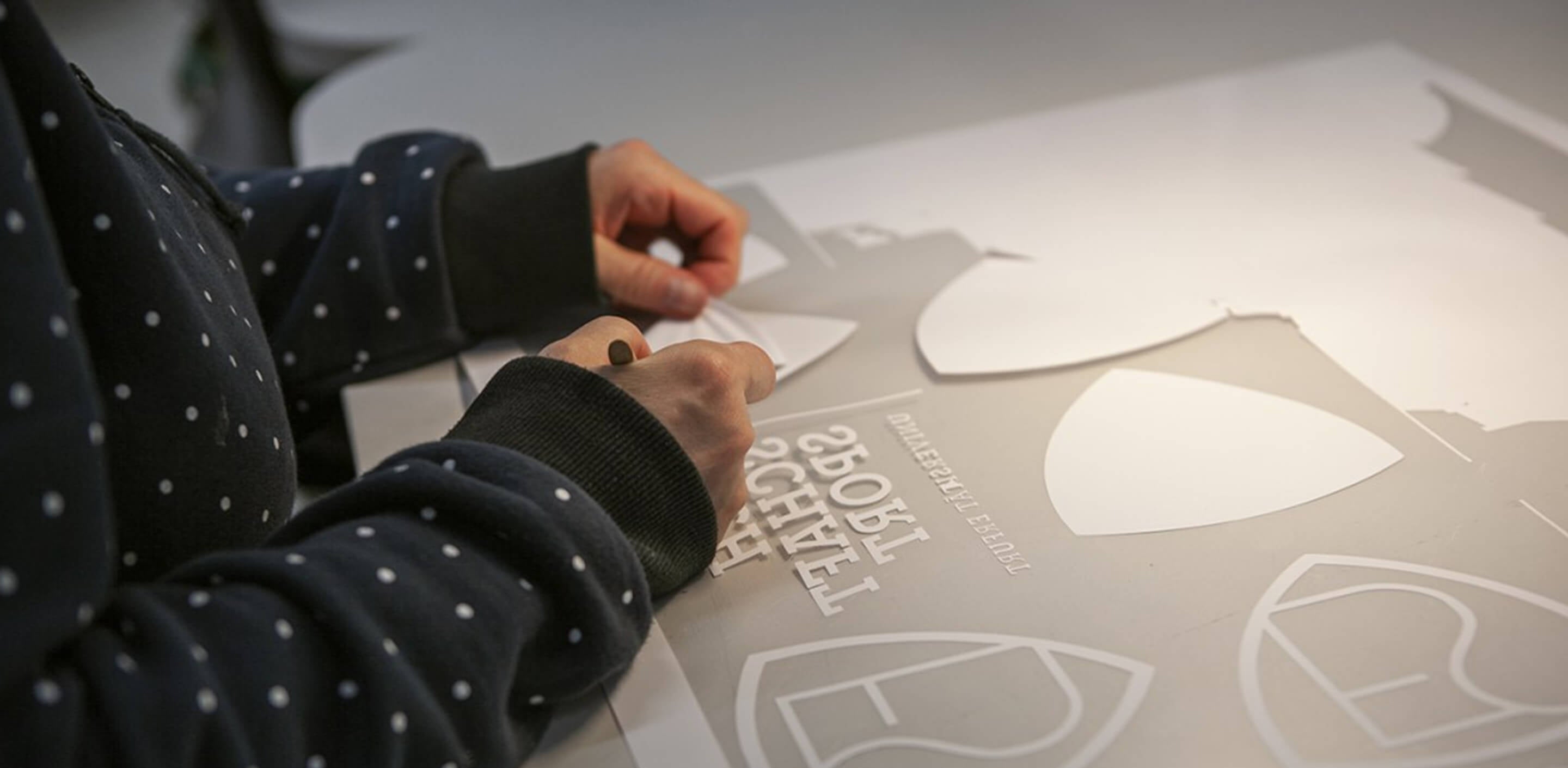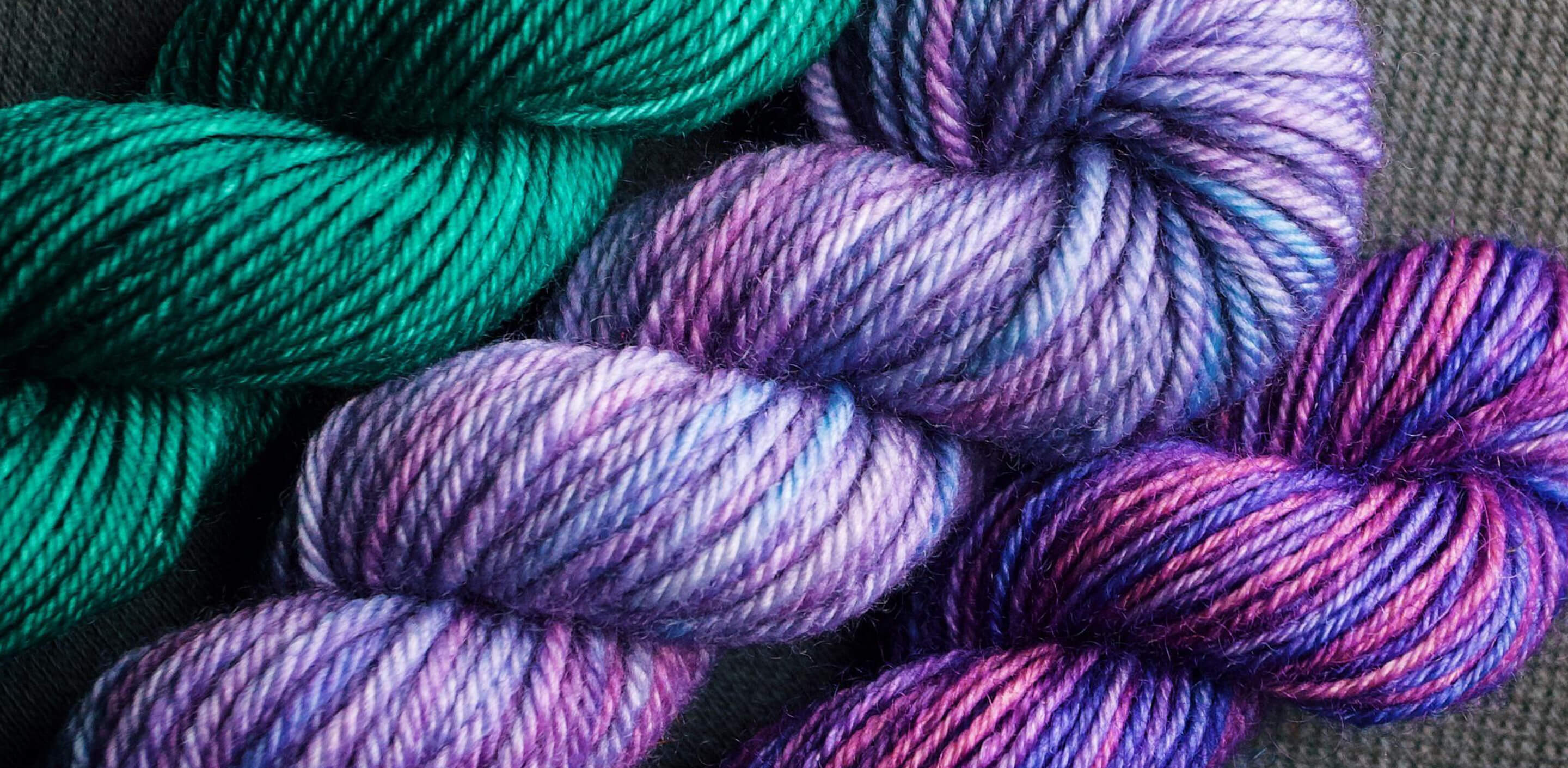Everyone has experienced the horror of putting on a pair of socks only to find the heel has a gaping hole. Perhaps you've noticed that the thighs of your favorite pair of jeans have been becoming noticeably thinner. We can't pinpoint the exact cause of the deterioration, but once it appears, we can't help but want a new garment.
It's easy to discard old, worn clothes. However, in the end, there is only one place it can go: the trash dump. How can we fix this? Fabrics should be recycled rather than thrown away.
The Importance of Textile Recycling

The Council for Textile Recycle found that although most textiles are recyclable, 85% of them are still sent to landfills and just 15% are recycled annually. Statistics showed that annually, Americans throw away 70 pounds of fabric, and that number is only rising.
The obvious reasons why so much clothing is dumped in landfills are easy to see at first glance. Inconclusive greenwashing labeling and fast-fashion that actually falls to pieces within a year make it hard to distinguish what's recyclable and what's trash. The good news is that it is possible to recycle many types of waste, both natural and man-made, and thereby reduce the amount of waste sent to landfills.
There's a good chance you don't know about a local textile recycling initiative. Further, the company may have its own extensive corporate textile recycling scheme, depending on the brand. Everything you need to know about recycling textiles is right here.
How and Where Can I Recycle My Old Clothes?

To begin, if your clothing isn't too worn, you may be able to use part of the material for a resourceful do-it-yourself endeavor. You may save money and acquire new skills by upcycling. T-shirts made of a soft material may be reused as a variety of items, including cleaning rags, coasters, and wipes for removing makeup. If the tear in your clothing is minor, you may try repurposing it on your own.
If you're not the crafty kind, that's okay. Old clothes (including underwear and socks) may be recycled. While curbside collection is an option for paper and plastic, it is not common for textiles. There are a number of options for drop-off locations, which is great news.
There are a few companies that focus on industrial-scale textile recycling, and a quick search will tell you exactly what your options are in your area.
American Recyclers
Thousands of recycling bins are managed by American Recyclers. In addition to clothing, you might also donate accessories like belts, shoes, underwear, towels, rags, stuffed animals, draperies, and more. Plus, you may deduct the full value of each donation you make.
Goodwill
In the United States, Goodwill is a significant recycler. Rather of throwing away your used items, you may donate them to a local thrift store, where they will be sold to the public, or you can recycle them. Goodwill partners with community groups to reuse and recycle items in accordance with its sustainability agreement.
TerraCycle
TerraCycle's mission is to improve recycling rates worldwide. If you register online, you will get a package in the mail. Put your used clothing in it and send it back to TerraCycle.
Favorite Company
Consider learning more about the initiatives your preferred retailers have taken to reuse and recycle garments. For instance, if you have any worn out Patagonia clothing, you may send it back to the company through their online recycling programme.
After Used Clothing Is Recycled, What Happens to It?

As with other materials like plastic or metal, recycling fabric sometimes includes reducing the textile back to its raw material state (yarn or thread) before it can be used in the manufacturing of new products.
Color and fabric type are first used to sort the textiles, with the latter category encompassing synthetics like polyester and rayon. As a further step, the material is stripped to its individual fibers. Colored yarn may be spun from the fibers and used to create fresh garments. It's not always possible to manufacture new clothes out of the available fabrics. Instead, they might be utilized as padding in carpets and mattresses.
You can help make the world a better place by recycling your old garments instead of throwing them away, regardless of the method you pick.
FAQ
What can be made from fabric waste?
Different art supplements can be created from the leftover fabric waste such as cleaning cloths, mats and so on.
What is the easiest fabric to recycle?
Cotton is a natural fiber that can be recycled and reused easily due to its biodegradability.




